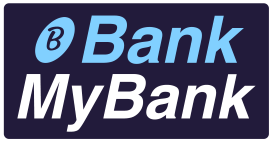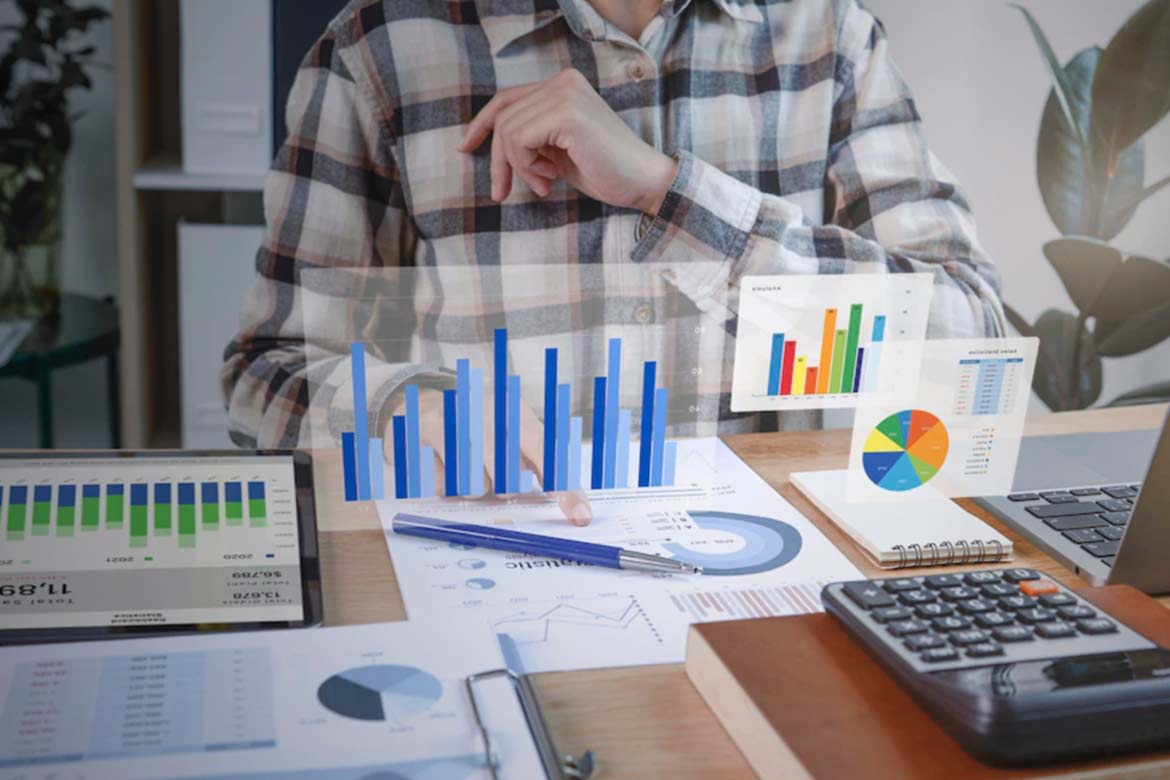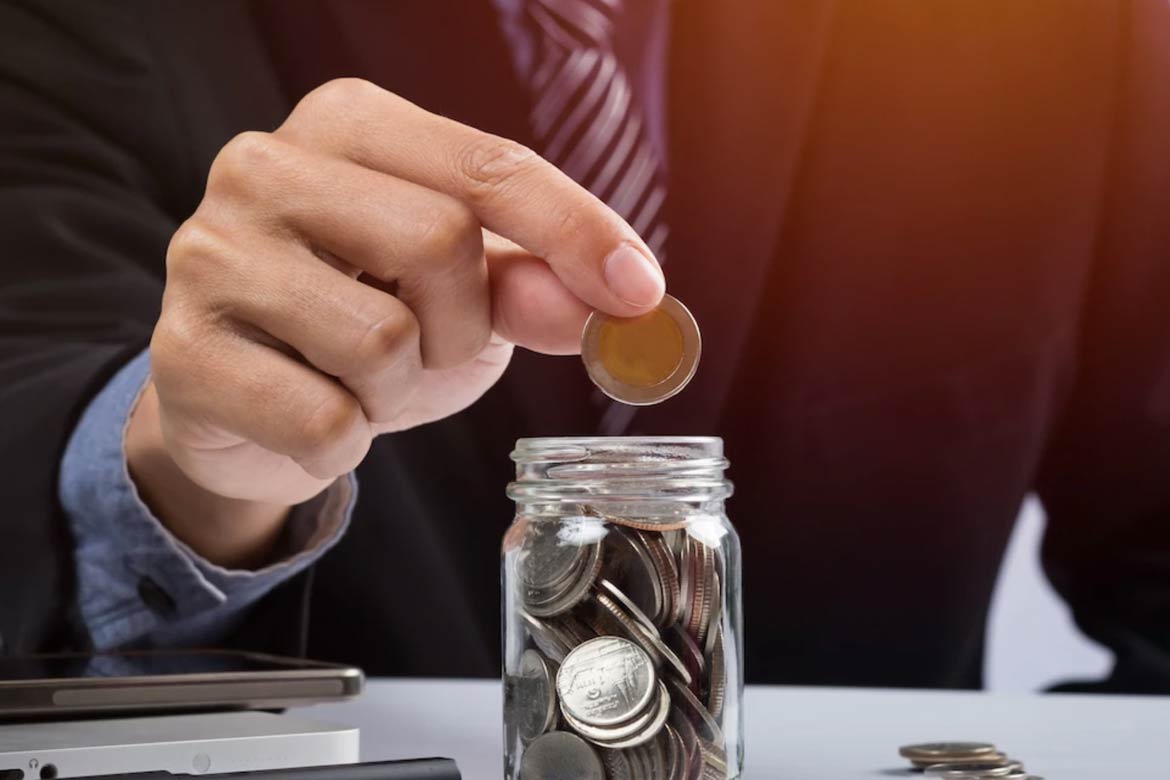Balance Sheets is one of a company’s financial statements.
It contains details on the company’s assets, liabilities, and capital as of the conclusion of a quarter.
It offers significant details regarding the assets and liabilities of the company.
A founder’s responsibilities include keeping and understanding a balance sheet. To help you decide what’s best for your company, this blog will provide you with a thorough grasp of the balance sheet.
Read More: Different types of Depository and Examples
A balance sheet: what is it?
The last financial statement a corporation creates is called a balance sheet. The business’s assets, liabilities, and capital are all mentioned in detail.
The founder and finance team of a business can better comprehend the performance of the company through time with the aid of balance sheets.
Additionally, it aids in the development of specific accounting ratios that provide a thorough grasp of the many aspects of the organization, such as debt and receivables.
The Function of Balance Sheets
Balance sheets adhere to the fundamental accounting rule:
Liabilities + Equity Equals Assets
This formula is very straightforward, as it appears to be. If you give it some thought, it is also fairly simple.
To better grasp this, let’s take an example.
To expand its branch network around the city, Razor Bakery takes out a loan of Rs. 10 lakh.
As of right now, it owes the bank Rs 10 lakh, making this loan a liability on Razor Bakery’s balance sheet.
On the other side, Razor Bakery now also owns an extra Rs 10 lakh to use for leasing real estate, machinery, and other things it needs to grow. This implies that the current assets item for cash and currency equivalents will also increase by Rs 10 lakh.
Let’s now examine this in light of our accounting equation.
Asset value has increased by Rs. 10 lakh.
Additionally, Liabilities have increased in value by Rs 10 lakh.
Because of this, the balance of our accounting equation (Assets + 10 lakh = Liabilities + 10 lakh + Shareholder Capital) is maintained.
Because both the assets and liabilities sides of this statement must balance out at the end, it is known as a balance sheet.
Balance Sheet Format
A company can display its balance sheet in a variety of ways. All balance sheets have the same line items, regardless of structure. You can read and comprehend any balance sheet if you can do it with one.
Assets
Everything a company owns is categorized as an asset. These can be things we can touch, like money, tools, computers, desks, and chairs, as well as intangible items like patents and trademarks.
The balance sheet’s assets are broken down into two groups: current assets and non-current assets.
Current Assets
Current assets are ones that can be quickly liquidated or turned into cash. In this category, assets are arranged from most liquid to least liquid. They incorporate:
Cash and its equivalents
These are the assets that are already in existence as cash and are therefore the most liquid.
Short-term certificates of deposit and Treasury bills are examples of cash equivalents. They are referred to as “cash equivalents” because they are interchangeable with cash and may be changed into cash in a matter of seconds.
Businesses with sufficient cash and cash equivalents will have no trouble repaying their short-term loans.
Inventories
The stock of items that a company has at any given time is referred to as inventory. Since it is anticipated to be sold and turned into cash within the next year, this is counted as a current asset.
Trading Securities
These are easily and quickly convertible into cash and considered liquid financial instruments. Marketable securities are thought to be very liquid because their typical maturity is less than a year.
Businesses could decide to invest their liquid capital in short-term liquid securities rather than leaving it idle in a bank account. These securities have a low-interest rate and can be quickly converted back into cash that is readily available.
Trade Receivables or Accounts Receivable
The sum that customers owe a company is known as accounts receivable, or receivables.
Customers who may not be able to pay in cash at the moment of purchase may occasionally be sold products or services by a company. Instead, the company will issue an invoice to these clients with the expectation that it will be paid in full within a predetermined window of time, which could be a few days or at most a month.
Non-current Assets
These are the assets that cannot or won’t be liquidated or turned into cash in the upcoming 12 months. Among them are
Permanent Assets
When a business makes an asset purchase, it is not with the intention of selling it off within a year. Examples of this include real estate, machinery, and land.
The majority of the time, the business uses these fixed assets in revenue-generating operations, which makes them capital-intensive and expensive.
For instance, a bakery might possess bread-baking ovens, which it would classify as Machinery under Fixed Assets.
Fixed Intangible Assets
These are non-physical assets or assets that cannot be handled, yet still, have a great value to the business. Patents, goodwill, and trademarks are a few examples.
Intangible assets lose value through amortization, whereas tangible ones do so through depreciation.
It is significant to keep in mind that some fixed assets, particularly machinery and other physical assets, experience value decline with time and use. Depreciation is the term for this value loss, which is deducted from the fixed asset’s value.
Liabilities
What the company owes to other parties is referred to as a liability. Loans, payables, and other items can be among them.
Liabilities are split into current and non-current categories just like assets.
current obligations
A current liability is something that the company must pay its creditors immediately. This “time” may be a year or a cycle of cash conversions.
The time it takes for a company to turn its inventory into sales is known as a cash conversion cycle or an operating cycle. This period should be expressed in terms of days in a healthy business.
Liabilities
The debt the company has to other parties is referred to as a liability. Loans, payables, and other obligations are examples of these.
Liabilities are split into current and non-current categories the same as assets.
Read More: Toyota has unveiled the Aygo X Prologue compact crossover.
Current Liabilities
A current liability is something that the company owes to its creditors right away. This “period” could be a year or a cycle of cash conversions.
The period of time it takes for a company to turn its inventory into sales is known as an operating cycle or a cash conversion cycle. This period should be expressed in terms of days in a successful business.
Cash and cash equivalents are used by a business to settle its current liabilities.
Current liabilities include, among others:
Payable Accounts
This is the balance owed by the company to its suppliers. When unable to make a cash payment at the time of purchase, the company may occasionally buy goods or services from outside suppliers.
The supplier will create an invoice for the sale in this scenario, and the firm will be required to pay the supplier within a few days or a month at most.
Business Papers
This sort of short-term, unsecured loan instrument is utilized to pay for expenses like payroll and inventory. They are for lesser amounts than traditional bank loans and often mature within a month.
Other current liabilities include dividends due, interest due, taxes due in the following year, and current maturities of long-term debt.
Long-term or non-current liabilities
Debt that doesn’t mature in the next 12 months is classified as non-current, long-term, or fixed liabilities. Long-term loans such as any interest and principal on bank loans, deferred tax liability, and more may fall under this category.





